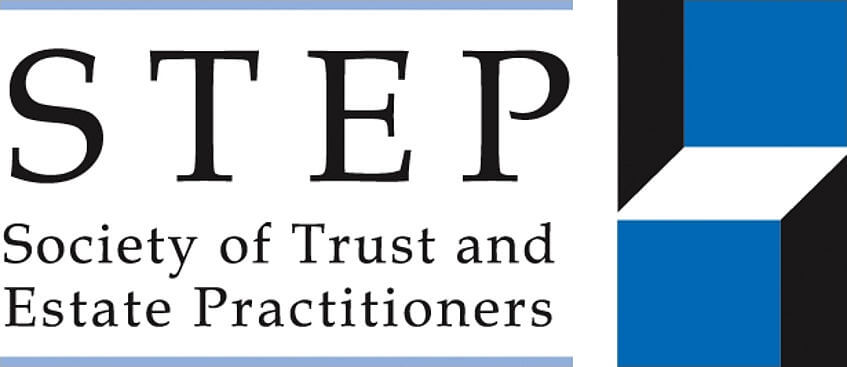As predicted in our Market Overview & Outlook communication, markets have become much more volatile in October spooked initially by a rise in interest rates in the US and the imposition of tariffs on trade by the US and China. The fall in equity markets has been a reaction to the news that the Fed will continue to raise interest rates in the US and fears over the US market’s growth prospects, as well as lack of growth in Europe and disappointing data from China. Expectations of sharper than expected rise in inflation also contributed to the decline in equity prices. Recent stock market valuations, particularly in sectors such as technology, have been high in comparison with historical levels so the recent correction has seen a re-adjustment. The market fall has affected many companies which have delivered reasonable financial results alongside those trading at premium valuations. We are expecting to continue to see patches of heightened volatility as the Fed looks to normalise its balance sheet thus reducing the amount of cash circulating in the economy.
Higher borrowing costs due to the interest rate rises and the increasing wage inflation pressures attributable to the extremely low level of unemployment the US mean companies may see a decline in their margins resulting from higher costs.
One of the sectors that has seen the biggest drop in value is technology. The so called FAANG stocks (Facebook, Apple, Amazon, Netflix and Google) have experienced a significant drop in their stock prices on fears that they have reached their peak growth and have become overvalued. Investors have instead turned their attention to small to mid-cap companies looking for more sustainable long-term growth opportunities.
Fears have spread across the globe with all other major indices such as the FTSE 100, German DAX and French CAC also seeing major drops in value.
Other geo-political events have also contributed to the current ‘risk-off’ cautious environment. The EU has not only Brexit to deal with, but also a maverick Italian government which has proposed a budget which breaches EU rules on fiscal responsibility. President Trump has his eyes set on the mid-term elections in November and his ‘Make America great’ philosophy is the antithesis of delivering market stability with nationalist rhetoric in respect of global trade wars and plans to terminate nuclear agreements with Russia. In the Middle East, the recent death of the journalist, Khashoggi, has de-stabilised the region, which has contributed to the overall cautious sentiment in global markets. Finally, of course, the terms for the UK both leaving the UK and the new relationship after March 2019 remain unresolved which has hindered the progress of UK markets in recent months.
Despite the spike in volatility and the equity sell-off, markets have started to stabilise. The first few earnings reports coming from US companies offer some comfort. Netflix posted better than expected subscription and earnings figures painting a positive picture in contrast with the latest news headlines. A number of US banks such as Citi, JP Morgan and Bank of America also boasted strong earnings.
The current unstable markets are unsettling, particularly after a long period of relatively low volatility. However, many of the geo-political issues should be resolved in the coming months. Our view is that patience and a focus on the relatively favourable underlying economic fundamentals are the recipe for positive returns over time. The world is finally in the exit phase from the economic experiment (quantitative easing) after the banking crisis of 2008 and as the economic tectonic plates realign, it should be genuine growth that shines through as the global economy normalises.
We will continue to keep a close eye on the markets in this turbulent market environment.
Please note, our investment policy focuses on the medium to long term and is designed to generate positive returns beyond short term volatility. In addition to our medium-to-long term stance and as active investment managers, we have recently made changes to our portfolios to help shelter investments from the expected choppy waters ahead. Please refer to our Market Overview & Outlook communication for further details.







